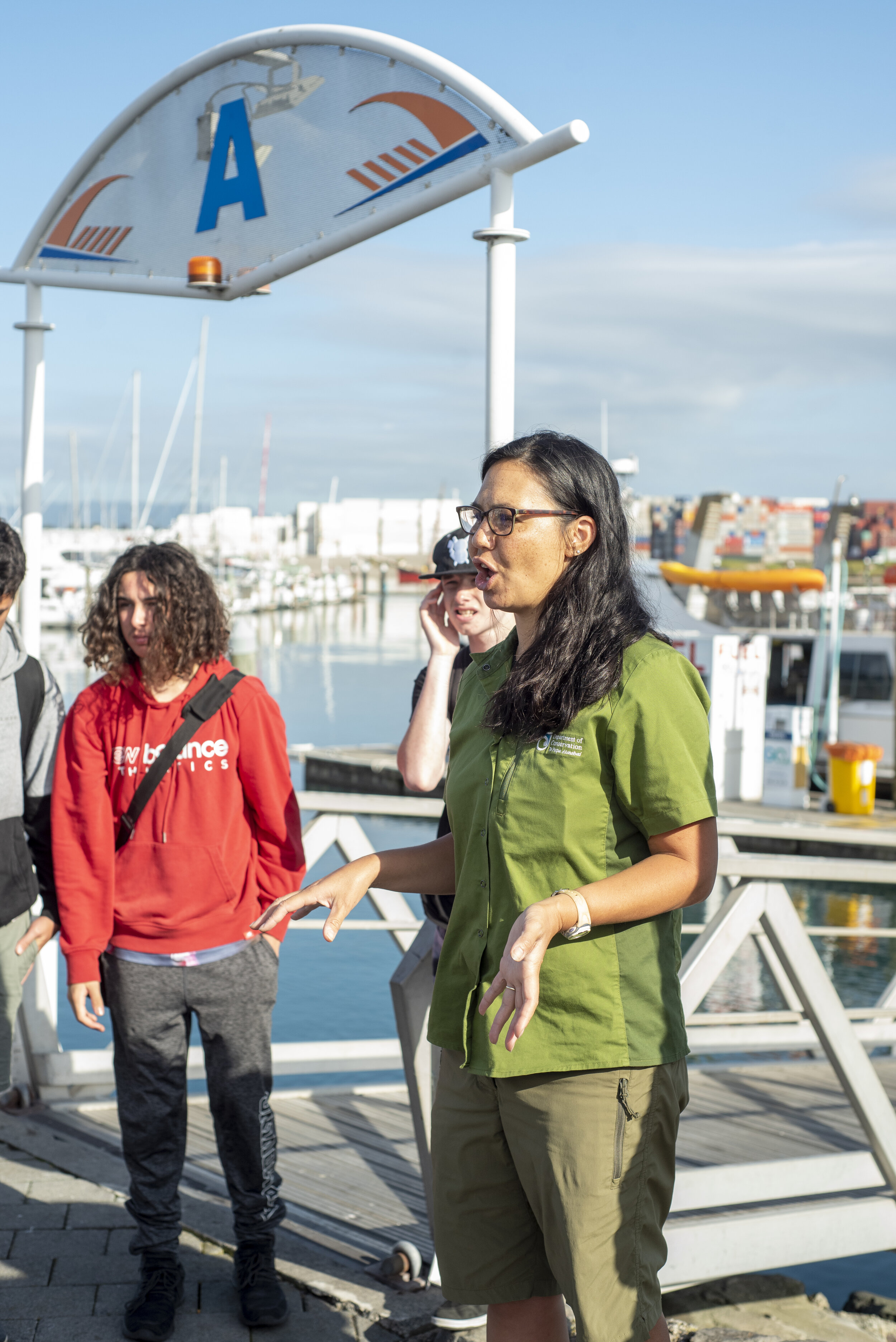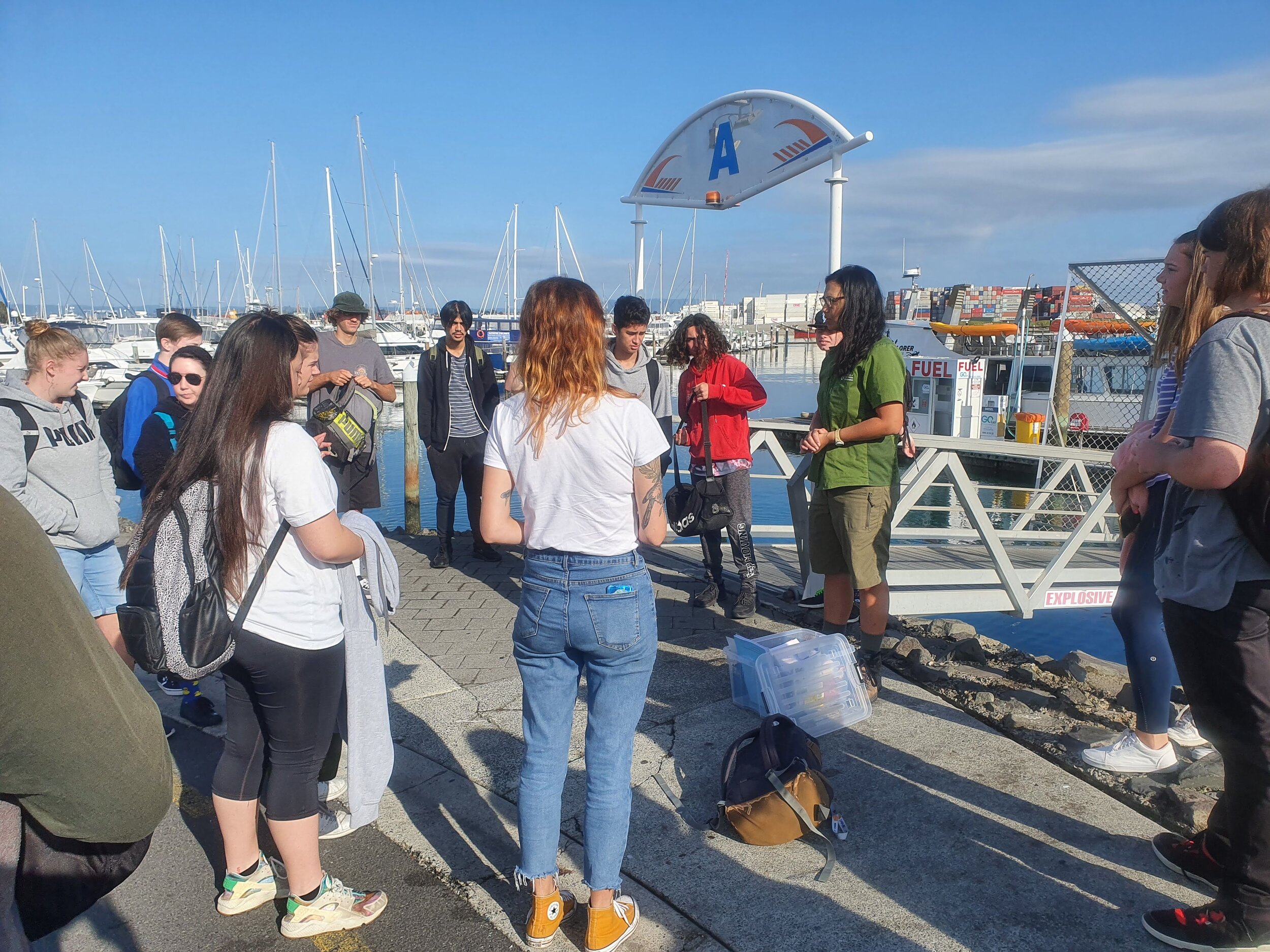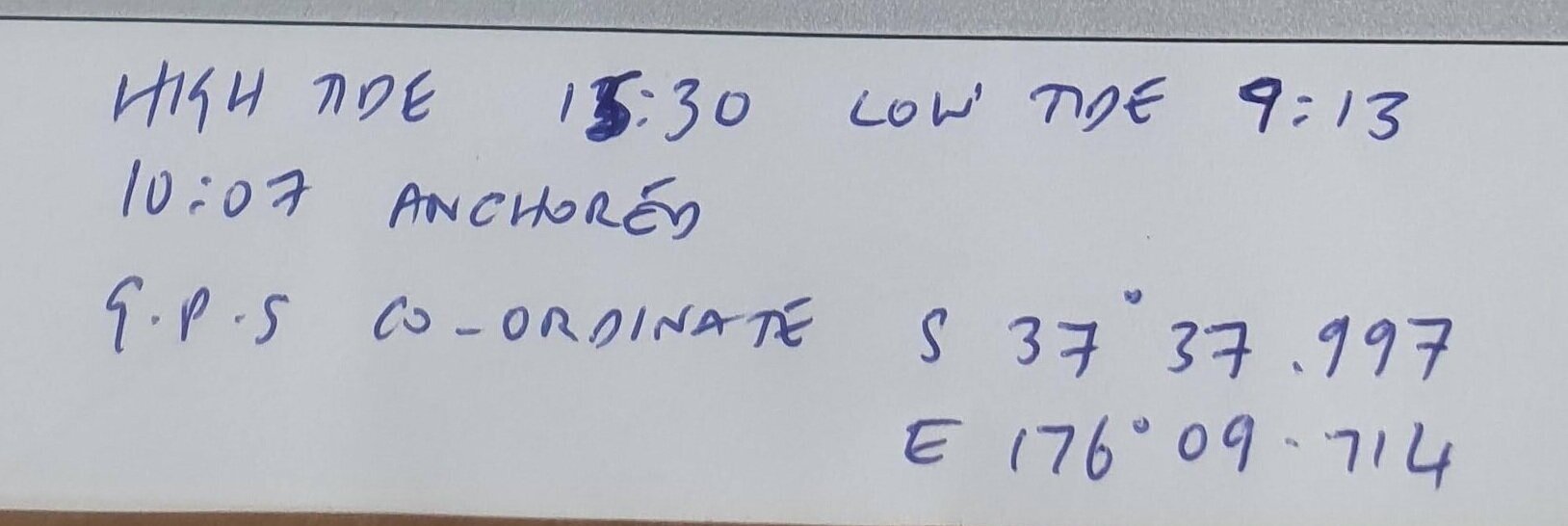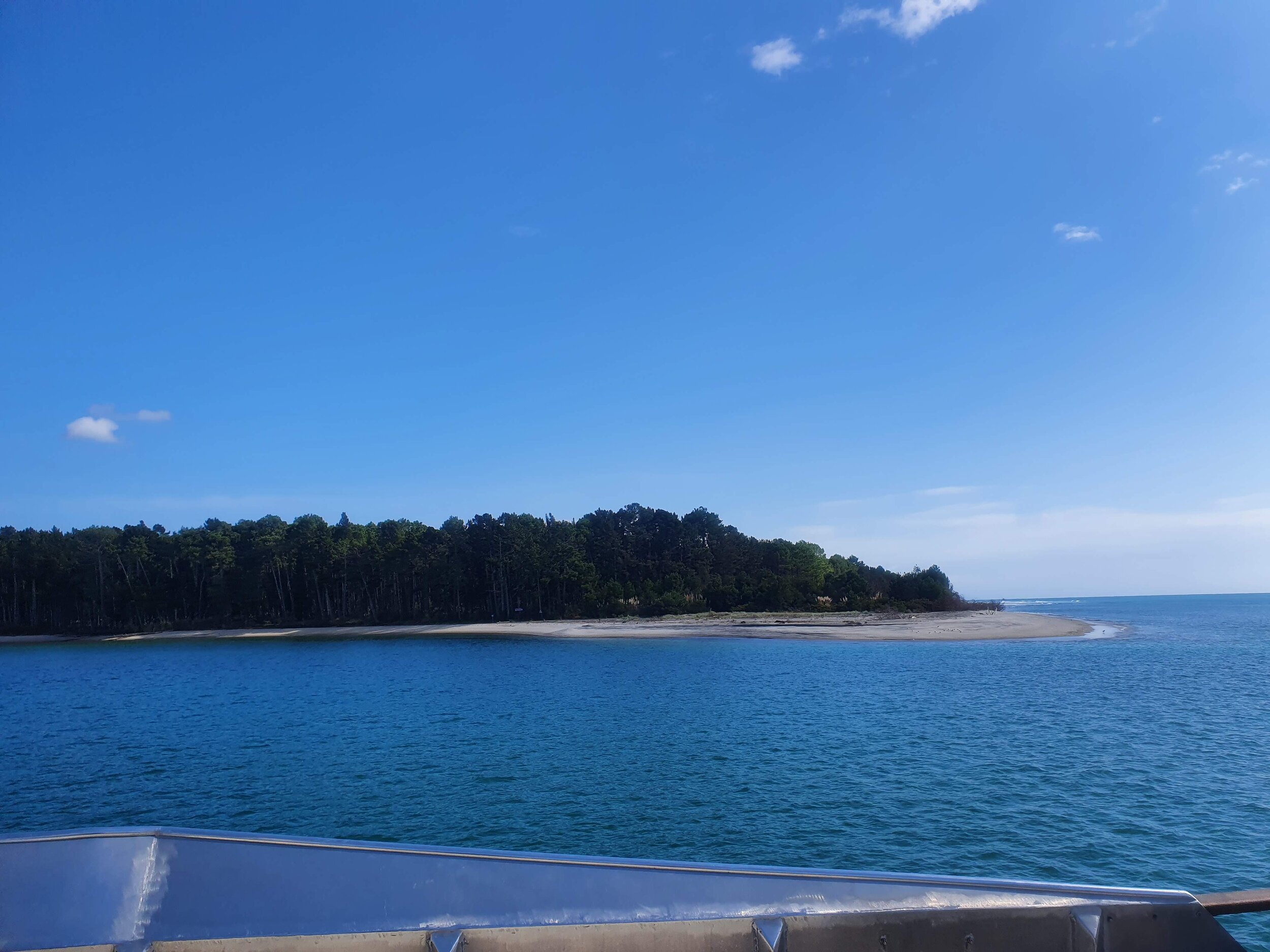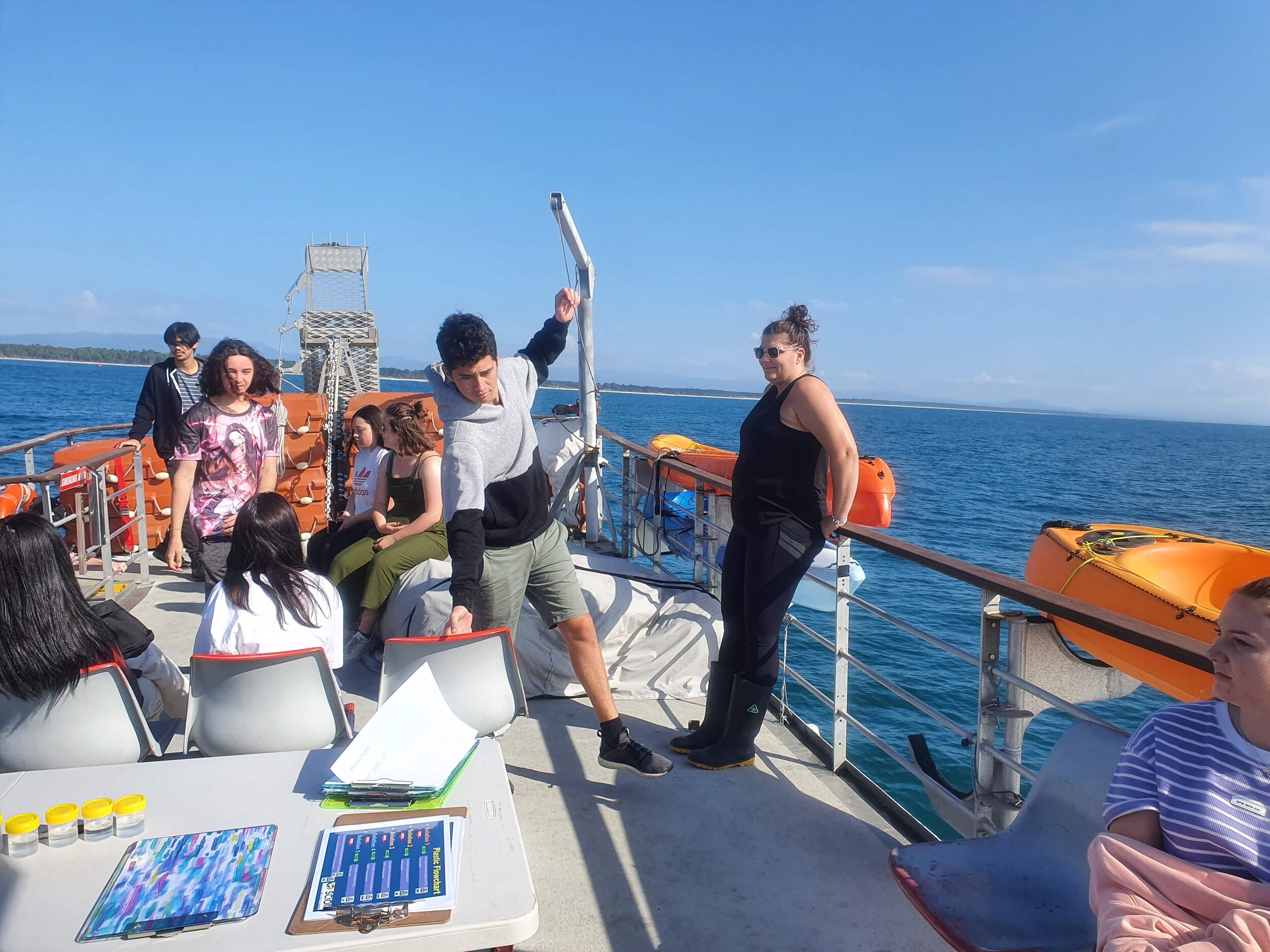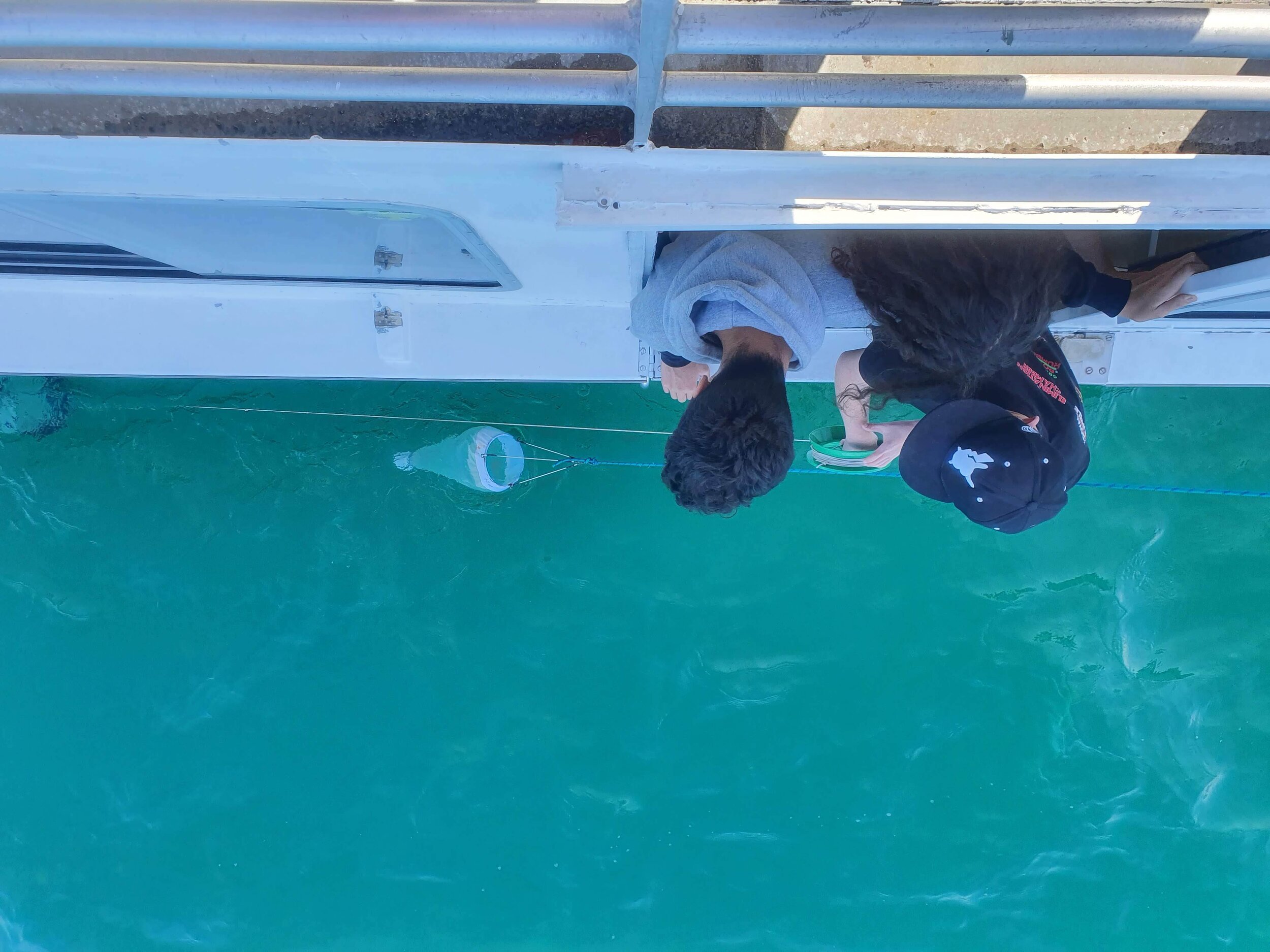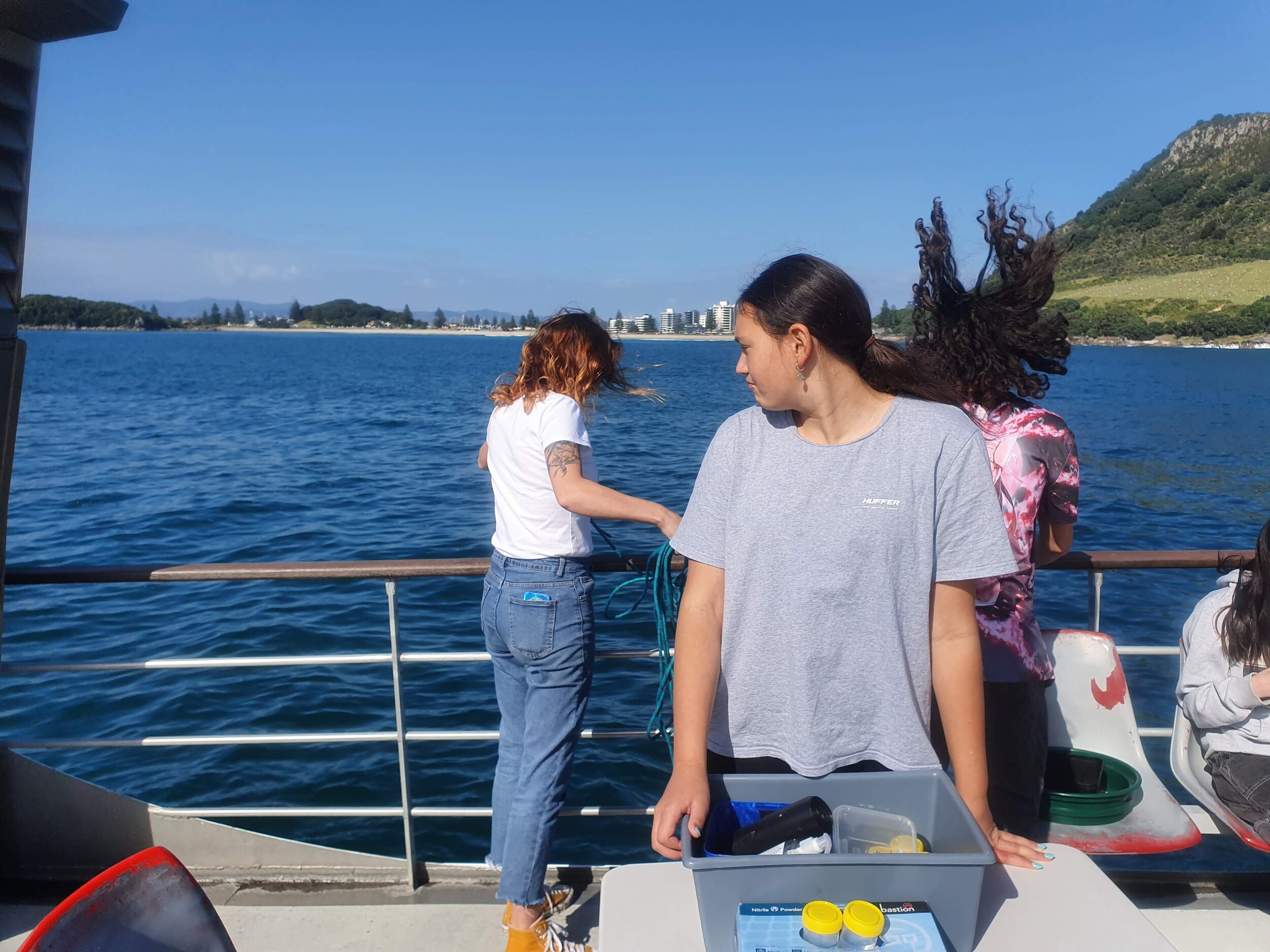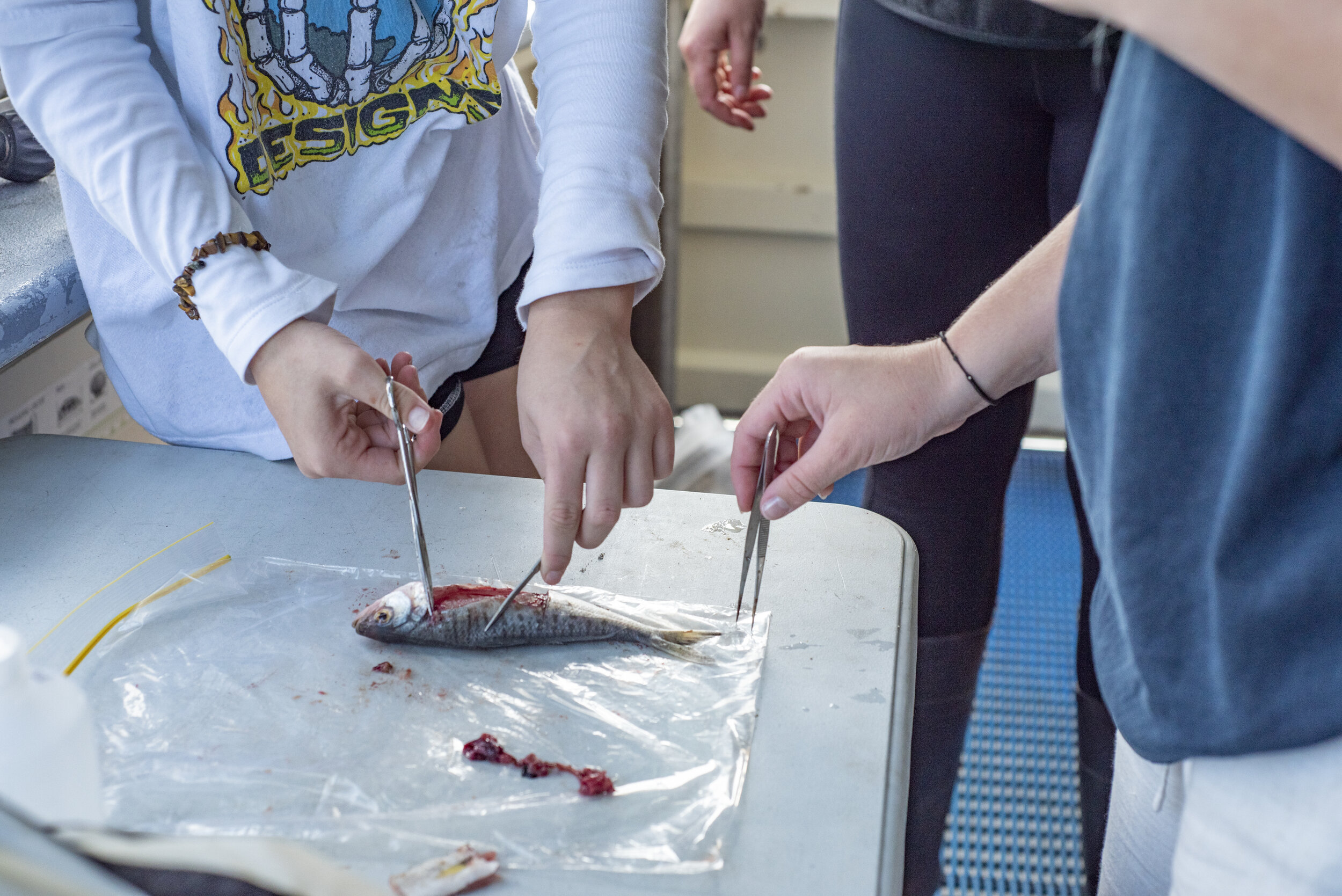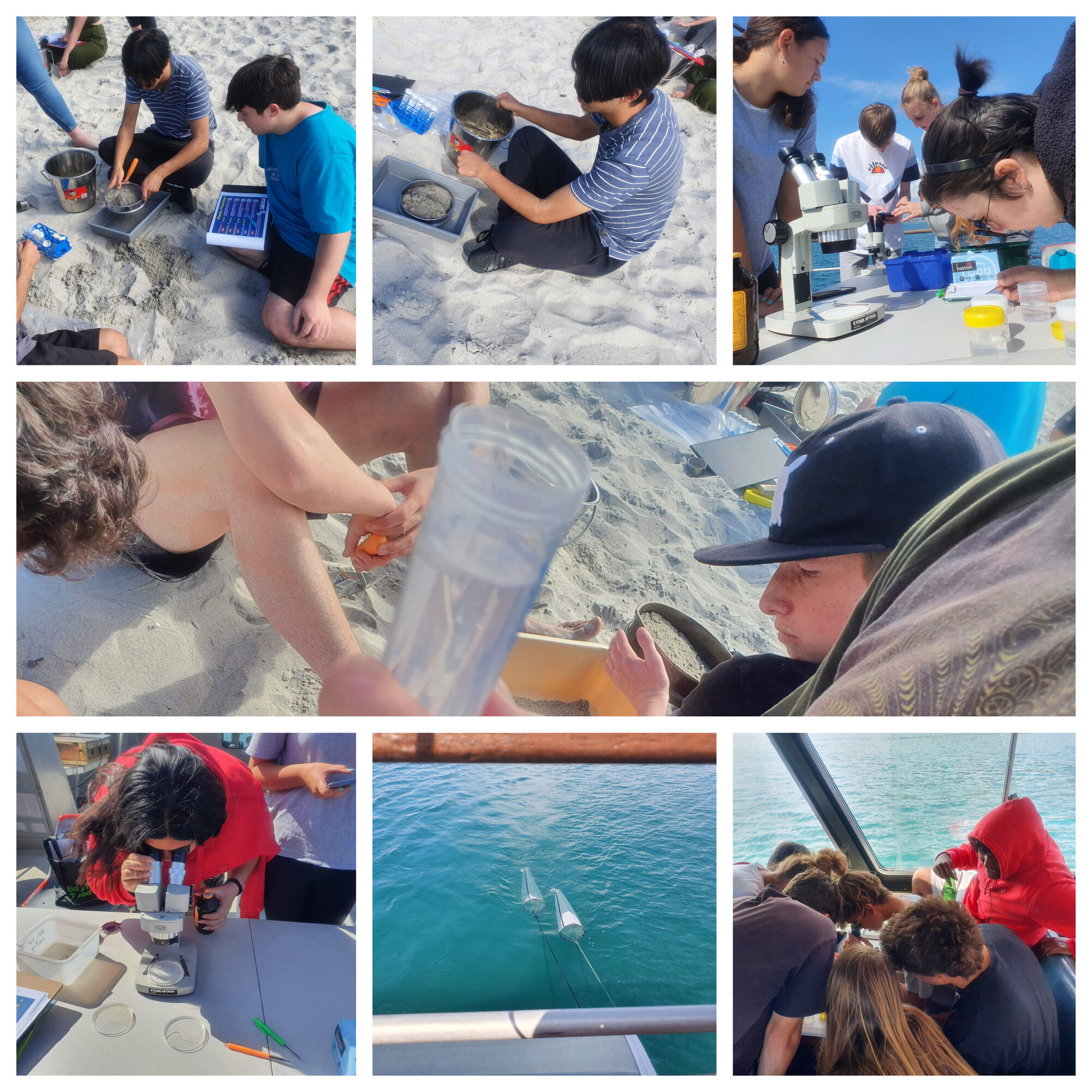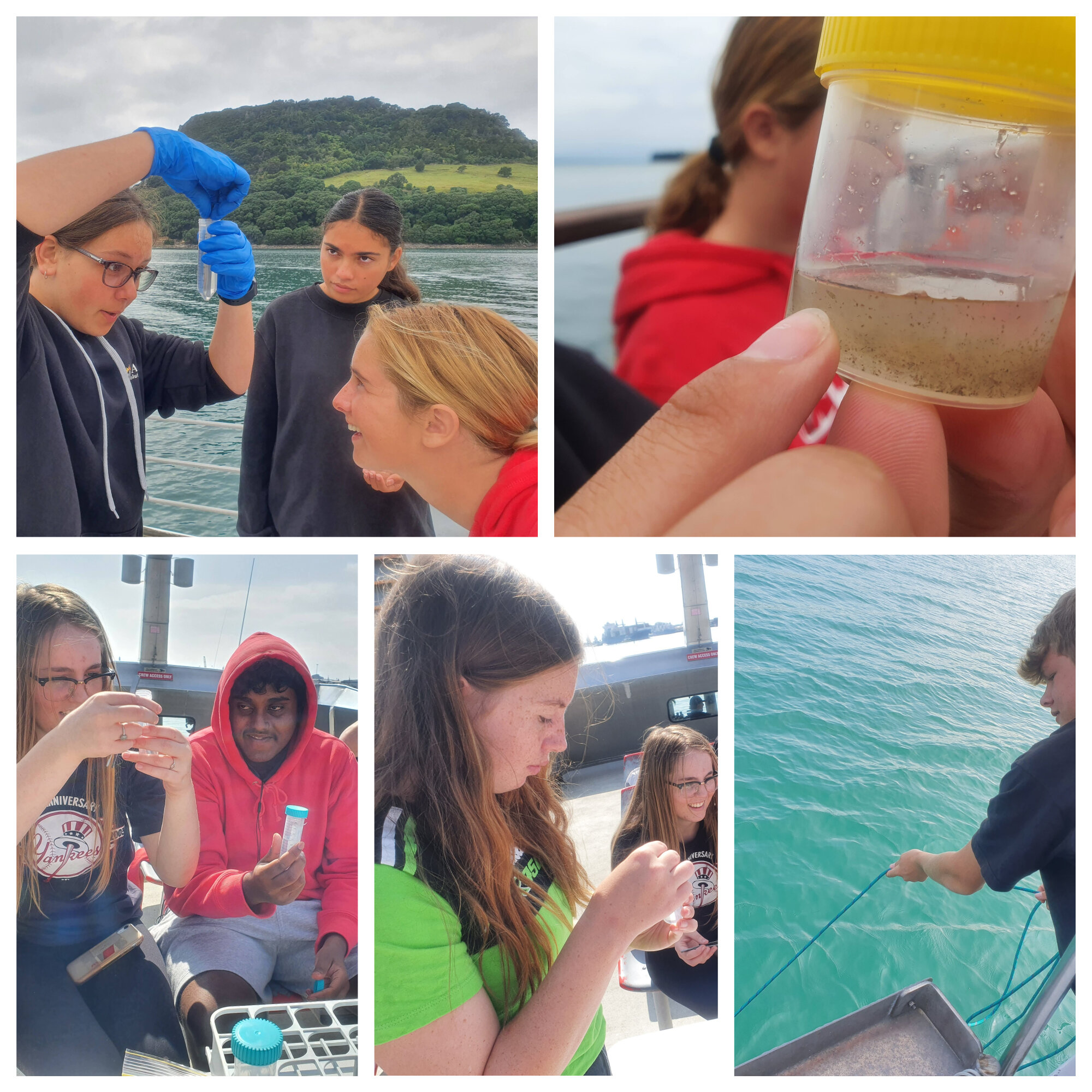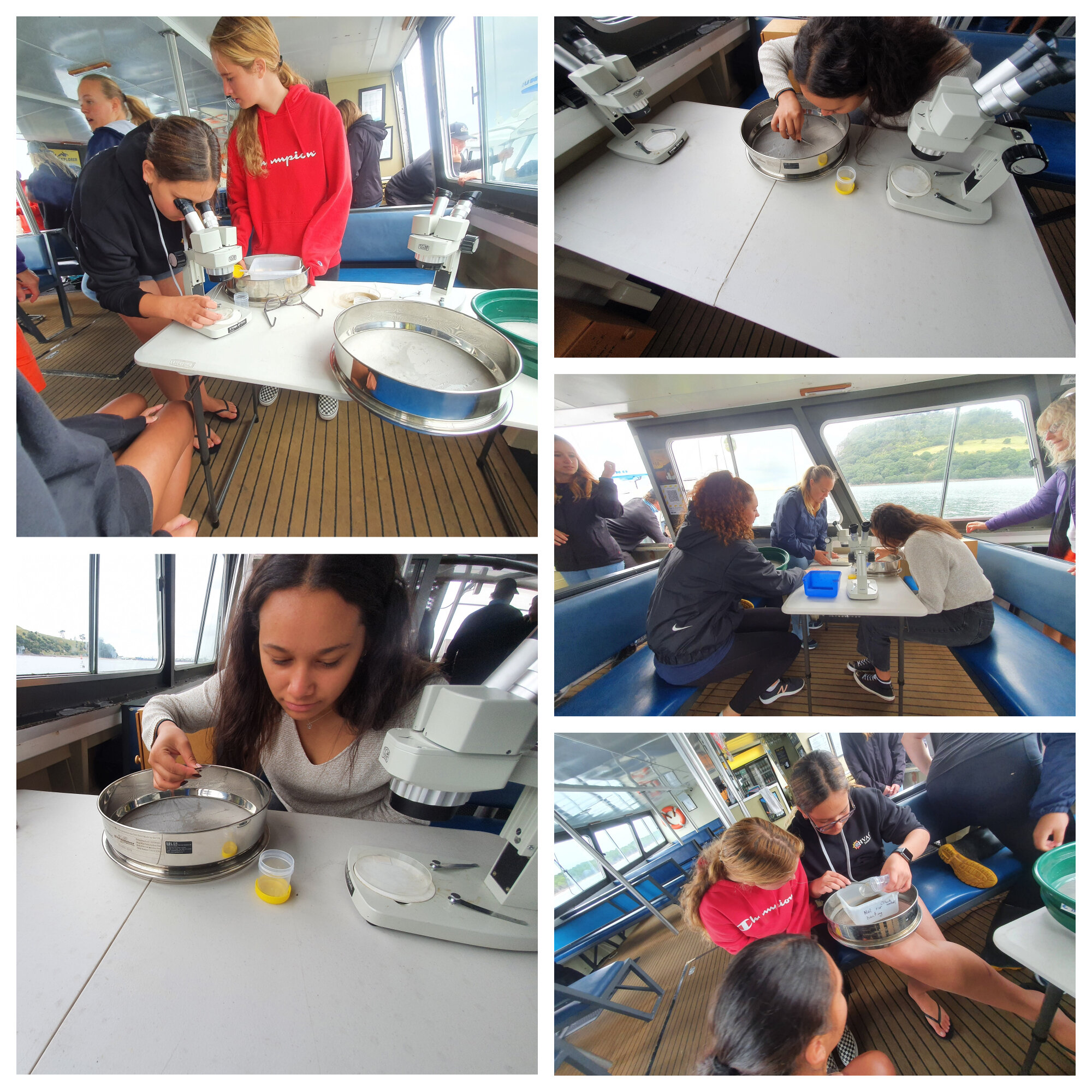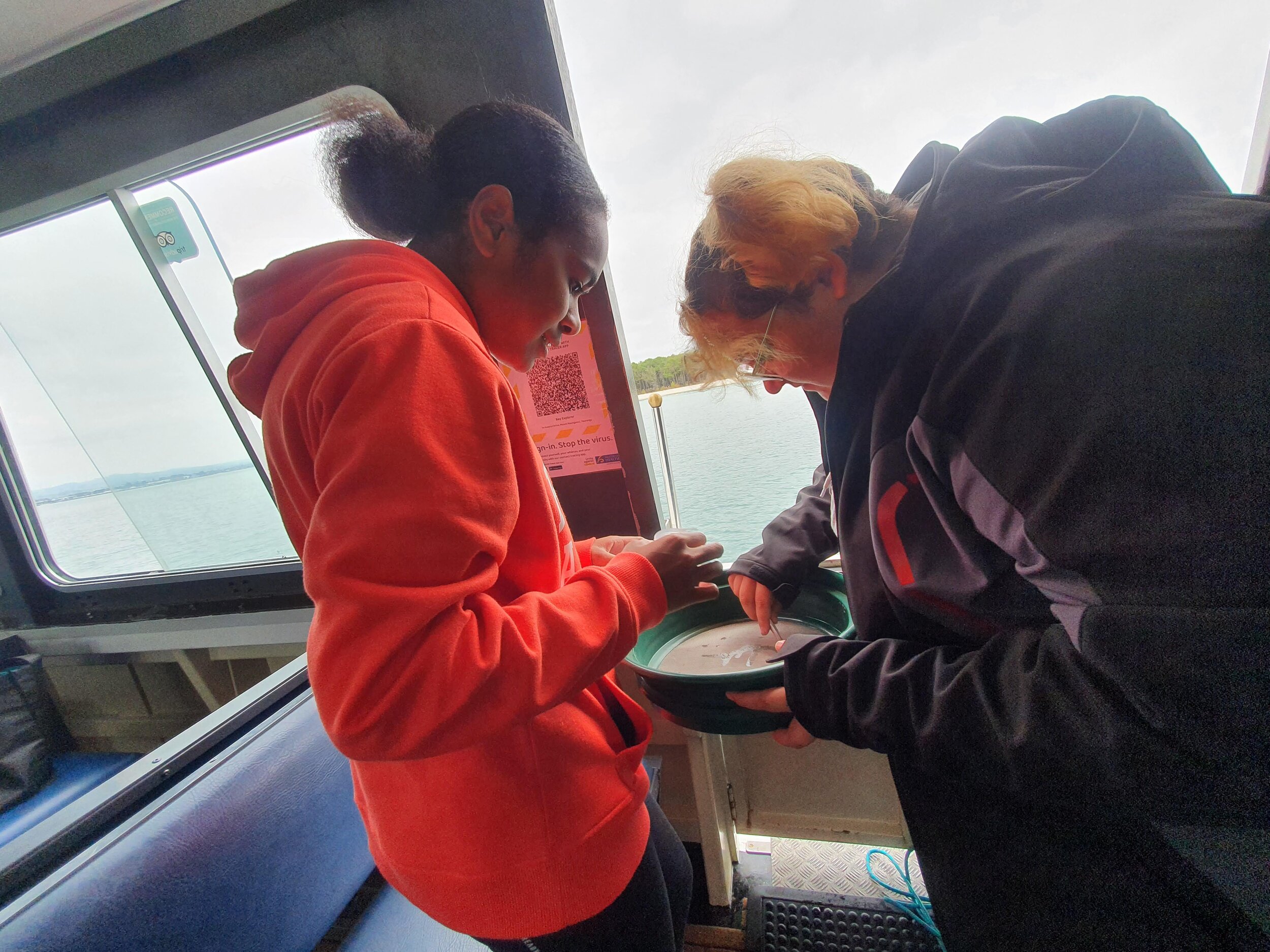Microplastic engagement Tauranga
Our second day commenced with a short talk from Department of Conservation (DOC), Community Ranger, Nataalia Hemaima Lunson. She shared the work that DOC conducts around the Bay of plenty for example the once a month track maintenance volunteer days designed to keep public tracks safe and accessible as integral to the conservation of flora and fauna.
Students then took to exploring our ocean, as we headed past Makatana island to begin our ocean trawling for microplastics.
Dissecting fish guts in search of microplastics was the highlight for our Tauranga students.
Stuff news March 18, 2021 reported that a ‘ study from students at the Joint Graduate School in Coastal and Marine Science revealed that a quarter of fish in Hauraki Gulf have microplastics in their guts.
A quarter of the fish from Auckland’s Hauraki Gulf sampled as part of a new study had microplastics in their guts ’. The discovery comes after experiments were carried out by two Graduate Master’s students who observed gut damage in fish after a 10 week period. Their results 'demonstrates microplastic has significant negative effects on the fish which eat it’.
Youth completed the day investigating our local beach, concluding that microplastic pollution is a critical problem in NZ’s oceans and shores. One author in Global citizens describes that “our plastic production will triple by 2050 and that’s when it’s predicted to be half-plastic, half-fish in the ocean” by weight, said Moore, citing a plastic impact estimate published by the World Economic Forum. “But we’re continuing to extract more and more fish, we’re making more and more fish sick, we’re catching more and more fish in ghost nets … so the estimate of half-plastic, half-fish by 2050 may be optimistic.”

